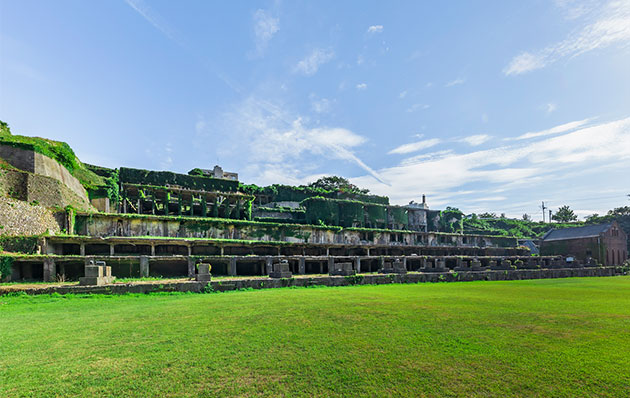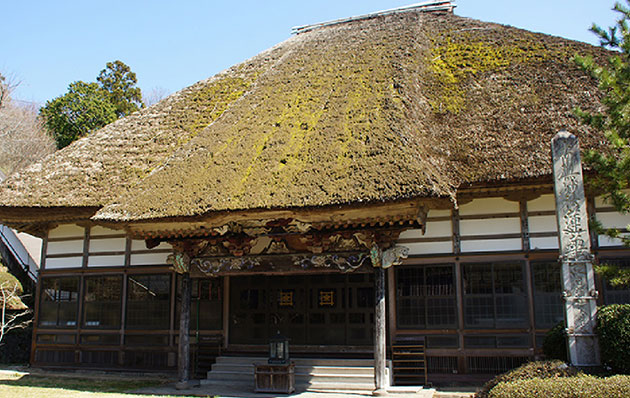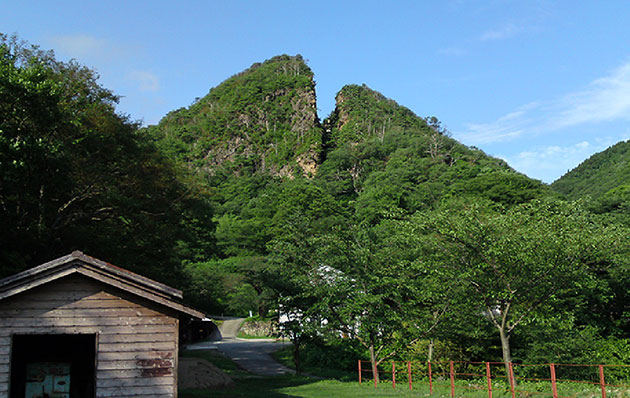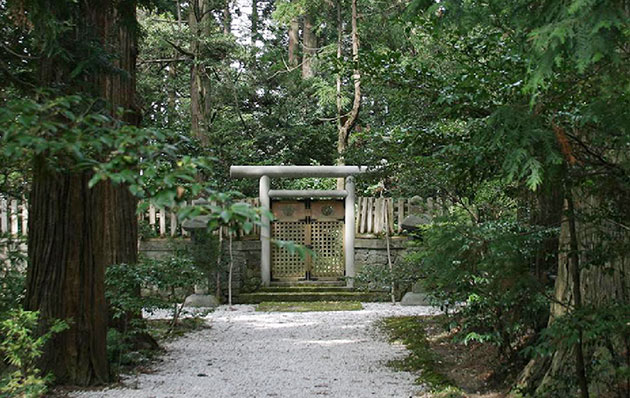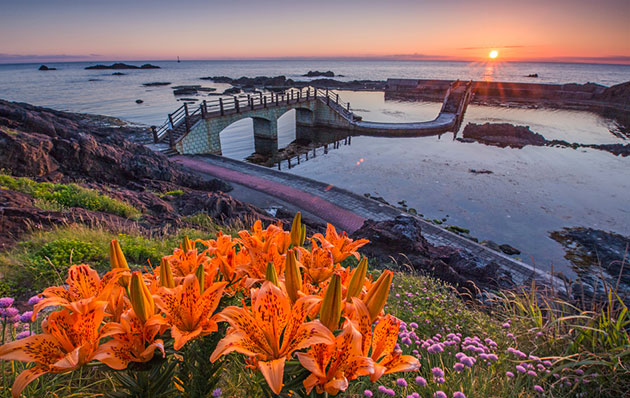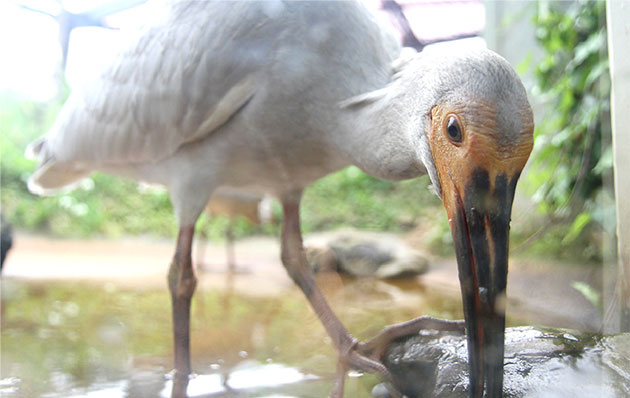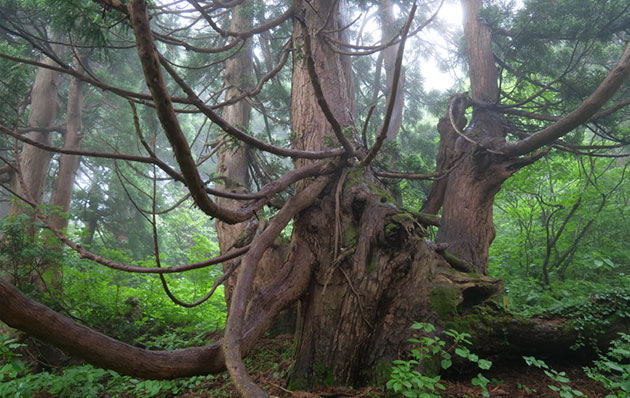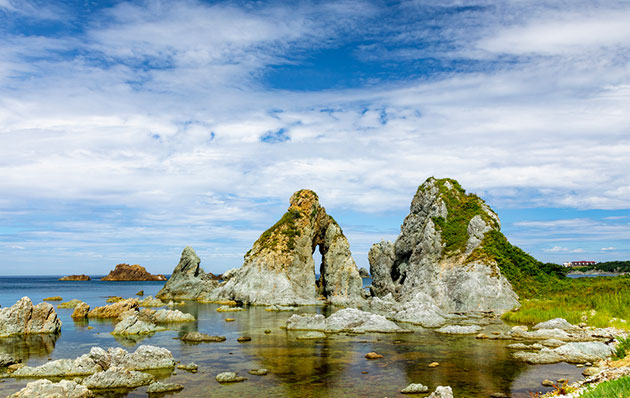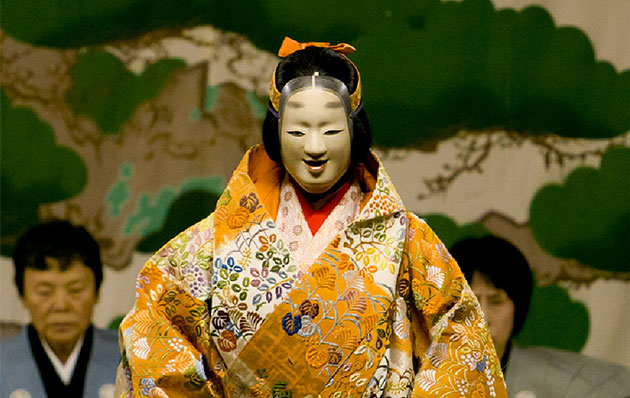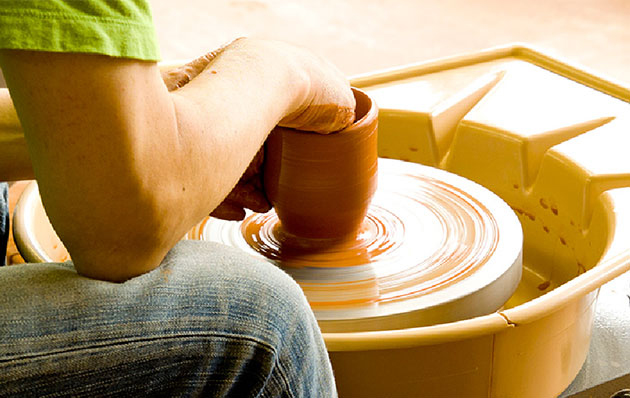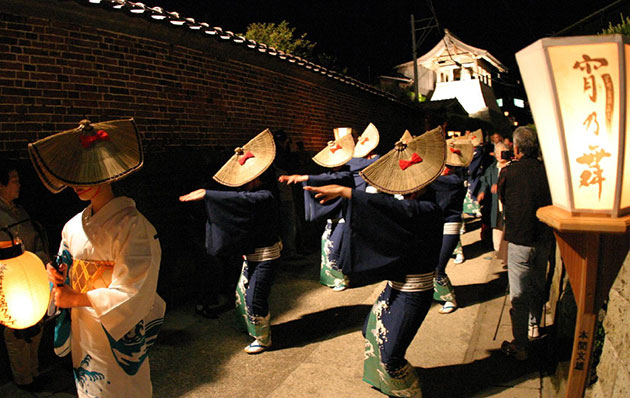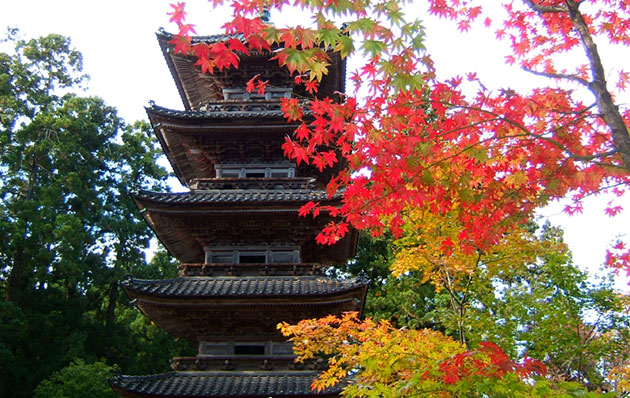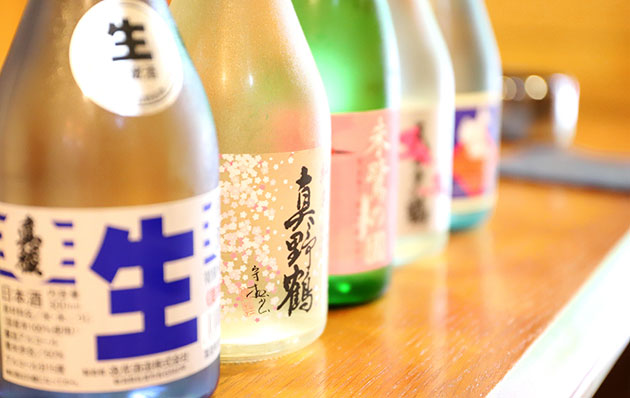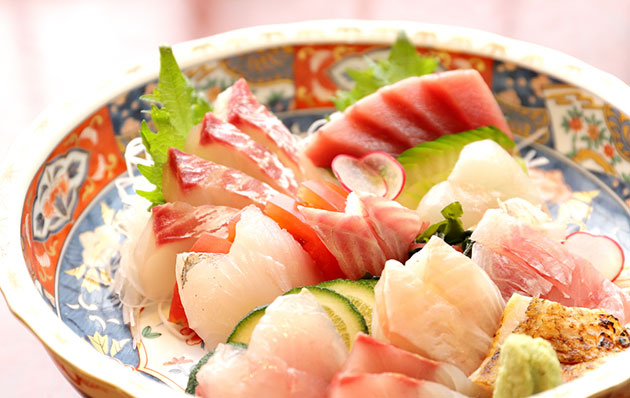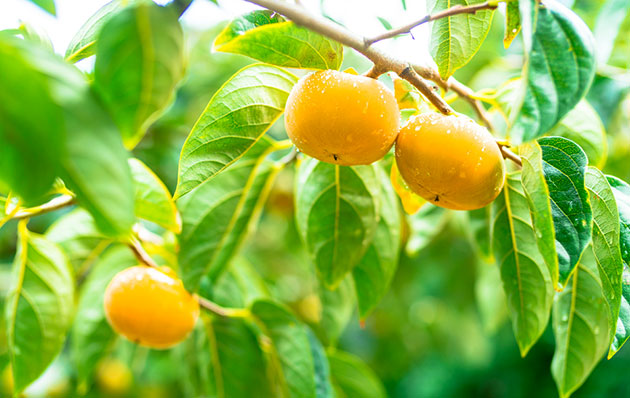佐渡についてAbout SADO
日本海側最大の島、佐渡島。北に金北山をはじめとする大佐渡の山地、南に大地山をはじめとする小佐渡の山地があり、中央部には国中平野が広がります。面積は約855㎢(東京23区の約1.4倍)。約56,000人(平成30年3月末)の人々が暮らし、四季の変化に富んだ海洋性気候のもと、豊かな土壌と気候を活かした農業や漁業などが営まれています。日本ジオパークにも認定される美しい自然と生態系、貴族・武家・町人の3つの文化が融合した独自の伝統文化、佐渡の気候風土が生み出す豊かな食文化などが揃う佐渡は、「日本の縮図」とも呼ばれる豊かな島です。
Sado Island is the largest island located along the Sea of Japan. Located in the North is Osado Mountains which includes Mt. Kinpoku, in the South the Kosado Mountains including Ojiyama, and the widespread Kuninaka Plain between the two mountain ranges. Sado Island covers an area of approximately 855km (1.4 times as large as the 23 wards of Tokyo) and have an estimated population of 56,000 people (accurate as of March 2019). The climate is oceanic with distinct changes across the four seasons, blessing the island with fertile soil and good climate appropriate for its main industries of agriculture and fishing. Recognized as a Japanese Geopark for its beautiful nature and diverse ecosystem, Sado Island is often referred to as a miniature Japan due to its mix of aristocrats, samurais, and townspeople meld into one creating a unique culture. In addition to its nature and mixture of cultures, a wide variety of cuisines can be found on Sado Island brought about by its climate and natural features.
歴史
日本最古の歴史書「古事記」の国生み神話には大八島の7番目として登場する佐渡。かつて流刑地に定められ、順徳上皇や世阿弥など貴族や知識人も流されてきました。金銀山の繁栄や、野生のトキが日本で最後まで生息した場所としても知られています。
History
Sado Island appears as the 7th out of the 8 main islands of Japan in a Japanese myth found in the oldest history book Kojiki (Record of Ancient Matters). Formerly appointed as a penal colony, many aristocrats and intellects such as Emperor Juntoku and Zeami were exiled here. Sado Island is also known for its prosperous gold and silver mines, as well as being the resting grounds of the last wild Japanese crested ibis.
自然
寒暖両系の植物境界線である北緯38度線が島の中央を通過する佐渡。1,700種近い南北両系の植物が自生し、日本ジオパークにも認定されています。佐渡金銀山、トキ、たらい舟などもこの大地の恵みと密接に関係しています。
Nature
The 38th parallel north passes through the center of Sado Island, drawing the boundary line separating the warm temperate and cold temperate floristic zones. Designated as a Japanese Geopark, there are over 1,700 species of both northern and southern plants growing naturally. Sado Gold and Silver Mines, Crested Ibis, Taraibune, etc. exist due to its close relation with the natural landscape of the island.
伝統文化
佐渡には大別して3つの文化的特徴があります。流罪となった貴族や知識人が伝えた貴族文化、鉱山の発展で奉行や役人が江戸から持ち込んだ武家文化、北前船で商人や船乗りが運んだ町人文化。これらが融合し育まれた文化は日本の縮図と言われています。
Traditional Culture
The culture of Sado Island is broadly divided into 3 categories: aristocrat culture passed down from exiled aristocrats and intellects, samurai warrior culture brought over by commissioners and officials from Edo (present day Tokyo) during the development of the gold mines, and townspeople culture introduced by merchants and sailors working on the kitamaebune. This mix of cultures often led to Sado Island being referred to as a miniature Japan.
食
稲作や果樹栽培が盛んな農業、幻の牛「佐渡牛」などの畜産業、カニ、エビ、イカ、ブリ、マグロなど様々な海産物に恵まれる漁業が佐渡の食を支えています。また、佐渡島内に5つの酒蔵が存在し、佐渡ならではの個性的な日本酒も生み出されています。
Food
Sado Island’s food source comes from the flourishing agricultural industry of rice cultivation and fruit growing; the livestock industry of rearing young Sado cattle; as well as the fishing industry which provide a wide variety of seafood such as crab, shrimp, squid, yellowtail and tuna. Moreover, there are 5 sake breweries, brewing Japanese sake unique to Sado Island.

